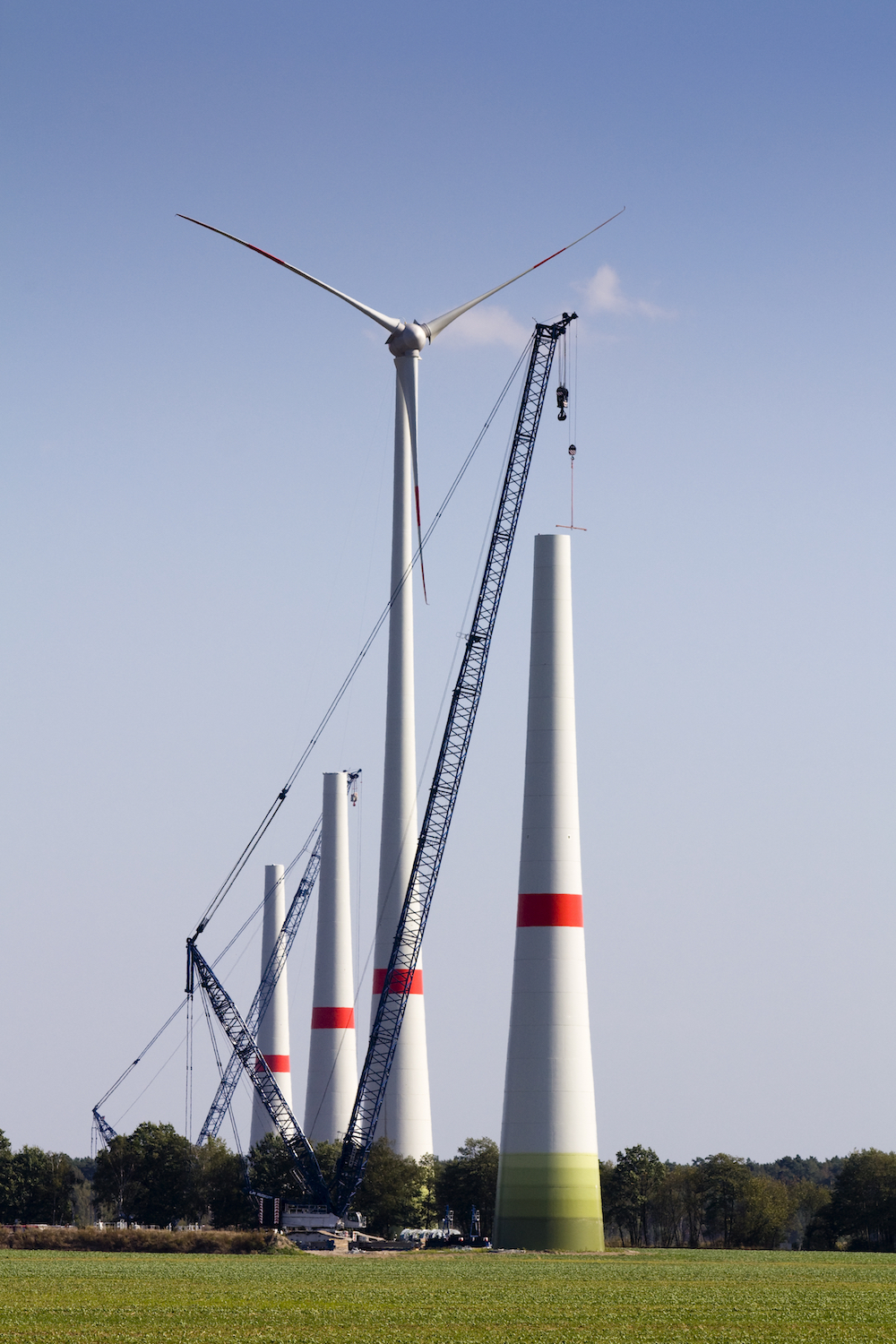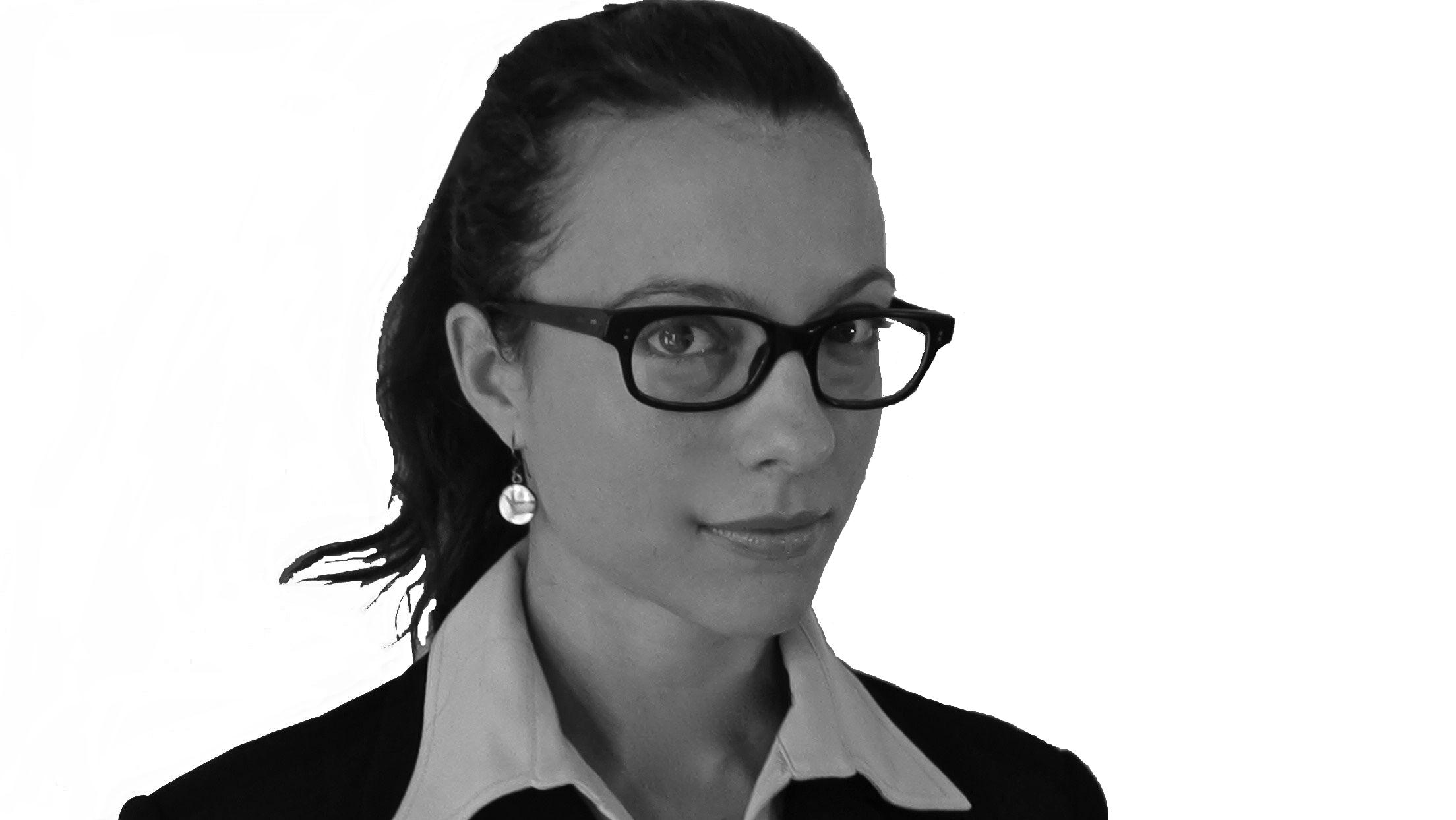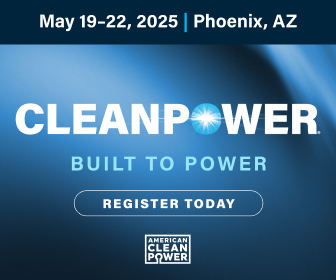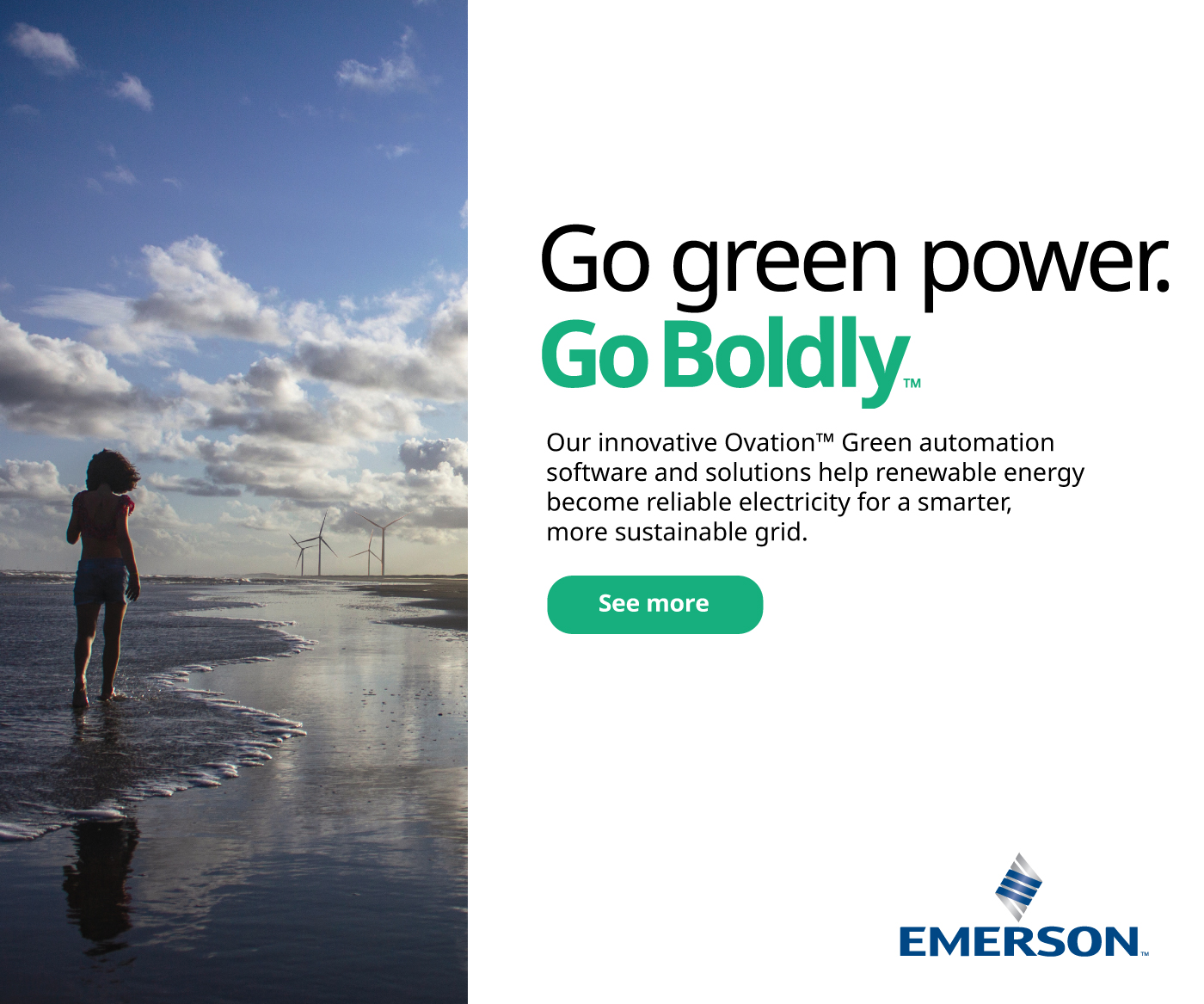Wind Power Siting and Communities - How to avoid a Standing Rock situation
 Whether land-based or offshore, siting wind farms is a tricky process. Companies have to deal with complex permitting requirements, technical feasibility considerations, wildlife and environmental impacts, local politics, and landowner and community concerns.
Whether land-based or offshore, siting wind farms is a tricky process. Companies have to deal with complex permitting requirements, technical feasibility considerations, wildlife and environmental impacts, local politics, and landowner and community concerns.
As turbines have grown in size and utility-scale projects can take up several thousand acres, local communities have increasingly voiced concerns about impacts on health, their visual landscape, wildlife, and land use. Projects may also raise questions about land ownership and benefit sharing, which can lead to conflicts within communities.
As any developer knows, delays in the design and build phases of a project can have far-reaching financial, and in some cases legal, implications. In addition to meeting permitting requirements, developers are faced with the need to meet the expectations of local communities and gain a "social license" to operate. The Business and Human Rights Resource Centre (BHRRC) recently surveyed 50 renewables companies on their commitments to community consultation and human rights. They found the number of human rights allegations against wind power projects is increasing, and failure to adequately consult communities is driving rising levels of resistance to renewable projects in many countries. BHRRC is planning to release an investor briefing early this year, to encourage financial institutions to conduct human rights due diligence on their renewables investments.
There are lessons to be learned from other industries regarding the importance of a social license; losses rise into millions of dollars for a project which is delayed by local opposition. Conversely, those setbacks are also instructive as to the management of this type of project risk. By identifying and engaging with stakeholders as early in the process as possible, many of these risks can be avoided or mitigated.
This approach is important for developers in both emerging and established markets. Communities are increasingly empowered through social media networks to draw attention to their concerns in any part of the world (take the unfolding developments at Standing Rock in North Dakota, for example). Furthermore, where domestic legal systems fail to respond to a community's complaints, they may have additional recourses through investor grievance mechanisms such as the Inter-American Development Bank and the Overseas Private Investment Corporation; or through international frameworks such as the Organisation for Economic Cooperation and Development (OECD) Guidelines for Multinational Enterprises.
There are numerous cases of wind farms running into delays, or being denied permits due to community resistance and (mis)perceptions of risks. In Massachusetts, a four-turbine project was delayed by four years due to concerns from an adjacent community about shadow-flicker. In Maryland, a 17-turbine project has been delayed indefinitely due to community concerns around water quality, wildlife impacts, and interference with emergency communications. In South Dakota, a county voted for increasing setback rules, and required a shadow flicker analysis be performed for any turbine placed in the county. In Indiana, one town is planning to ban industrial-scale wind farms altogether. In Canada, activist organizations such as Ontario Wind Resistance and Mothers Against Turbines are mobilizing communities to oppose wind development. In Mexico and Sweden, there have been cases where Indigenous Peoples have protested the impacts of wind farms on their cultural and traditional land rights. It is not impossible that a clean energy project could find itself in a Standing Rock situation.
In order to reduce the risk of failing to secure a social license to operate, it is essential to engage with communities in the project planning and design phase, before major decisions have been made. Consulting with communities does not mean every issue can be addressed, but it is an important part of building trust and demonstrating the developer is listening and responding to stakeholder concerns in a transparent process.
In establishing a community engagement strategy, there are a number of steps a project developer should consider:
- Identify and prioritize stakeholders - don't assume that only the people in the immediate vicinity of the site will be interested in, or have an opinion about the project. Consider, for example, those stakeholders who could be affected by increased traffic in the construction phase and areas sharing the viewshed of the project, including shadow flicker.
- Conduct a comprehensive impact assessment - consider social, human rights, cultural, and economic impacts as well as environmental impacts. Reference international standards as a benchmark, rather than focusing on minimum compliance requirements. Conduct the assessment early on, even if some data are not available. Regularly update the assessment with additional data over time. The more independent the assessment, the more credible the results. Consider engaging local universities as a resource.
- Develop and implement engagement strategies - consider when and how different stakeholders prefer to receive information. Timing is very important, especially when key project milestones are approaching, such as a town vote. Demonstrate goodwill through strategic social investments. In some cases, a memorandum of understanding or community development agreement can be used to establish clear expectations and commitments.
- Communicate often - discuss project benefits, but be honest about potentially adverse impacts, and get in front of detractors by addressing the plan to avoid or mitigate them.
- Provide a mechanism for communities to raise concerns - just by having a point of contact and a clear and transparent process for receiving and responding to concerns from communities, can go a long way toward building trust and gaining a social license to operate.
As stakeholder concerns continue to draw the attention of media and civil society groups, developers of clean energy projects will find themselves under increasing scrutiny from investors, corporate power purchase agreement (PPA) partners, and non-governmental organizations to demonstrate how they are managing and mitigating social and environmental risk at their sites. As leaders in the transition to a low-carbon and sustainable energy future, renewables companies should also lead the energy sector in ensuring the transition is fair and equitable for communities.
 Soledad Mills is the CEO at Equitable Origin. Equitable Origin is a nonprofit organization based in the U.S., partnering with business, government, and communities to enable sustainable development of energy and natural resources.
Soledad Mills is the CEO at Equitable Origin. Equitable Origin is a nonprofit organization based in the U.S., partnering with business, government, and communities to enable sustainable development of energy and natural resources.
Equitable Origin | www.equitableorigin.org
Author: Soledad Mills
Volume: 2017 January/February












